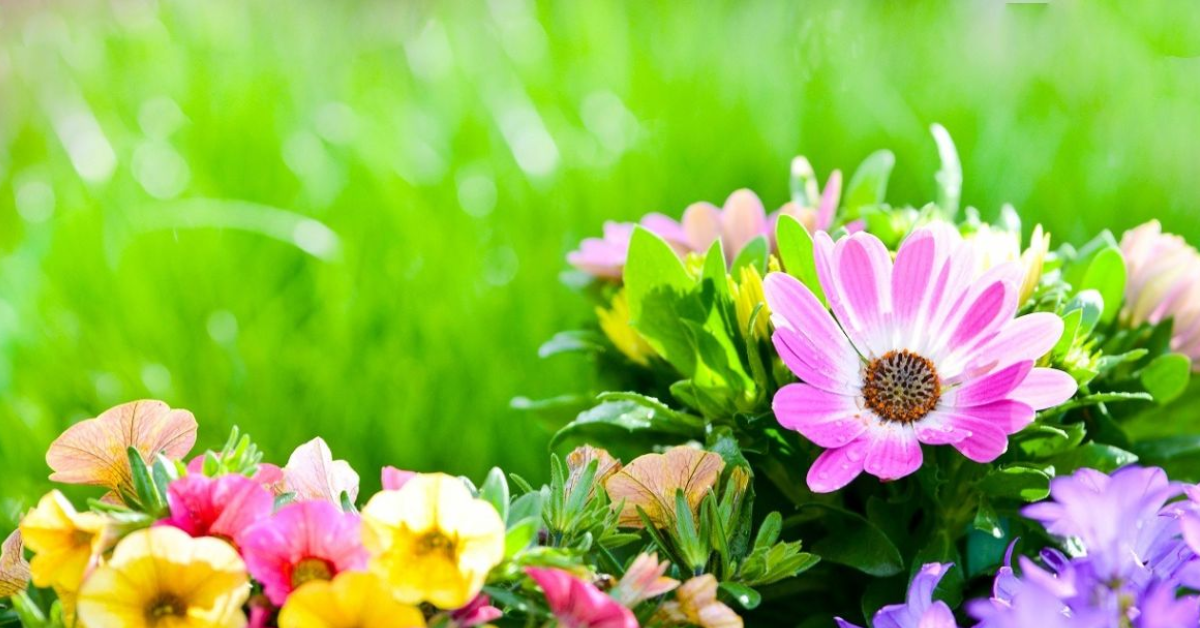Flowers speak in silence, yet they stir our deepest emotions. Whether it’s the grace of a lily, the boldness of a sunflower, or the quiet bloom of a violet, flowers have been central to poetry across ages and cultures.
In this post, we explore flower poems through multiple lenses: emotion, resilience, love, and nature’s quiet wisdom. You’ll also discover beautiful original verses woven throughout to inspire and connect with your own journey.
The Language of Flowers in Poetry

Flowers carry meanings beyond their petals. Poets often tap into the ancient language of flowers—where every bloom holds symbolic value.
- Roses: Love, passion, secrecy
- Lilies: Purity, mourning
- Sunflowers: Loyalty, admiration
- Daisies: Innocence, simplicity
Poets from the Romantics to the modern era have used these meanings to layer emotion and metaphor.
Original Poem: “The Petal’s Secret”
A rose may blush with silent fire,
Yet tell no tale of sweet desire.
Its velvet speaks in scented air—
A whisper left, a lover’s prayer.
This verse uses the rose’s quiet message as a metaphor for unspoken love. Simple, but powerful.
Beautiful Poems That Capture Botanical Grace
William Blake – “To the Lily”
The modest Rose puts forth a thorn,
The humble sheep a threat’ning horn:
While the Lily white shall in love delight,
Nor a thorn nor a threat stain her beauty bright.
Here, Blake contrasts different flowers to highlight the pure grace of the lily. The lily represents beauty without harm—something gentle and noble.
Original Poem: “Daffodil Days”
I met the spring beneath a hill,
Where golden heads stood soft and still.
They did not speak, yet through their glow,
They told me things I need to know.
This poem reflects the peaceful wisdom of flowers—how their silence teaches more than noise.
The Essence of Emotion in Flower Poems
Original Poem: “Petals of Goodbye”
I left a rose upon your grave,
A red one—deep as love I gave.
No words were said, no song was sung,
But every thorn stung like a tongue.
Flowers, especially roses and lilies, are often placed at graves to express sorrow. This short poem embodies grief wrapped in beauty.
Christina Rossetti – “A Birthday”
My heart is like a singing bird…
Because my love is come to me.
Raise me a dais of silk and down;
Hang it with vair and purple dyes;
Carve it in doves and pomegranates,
And peacocks with a hundred eyes.
Though not strictly a “flower poem,” this celebration of love uses floral imagery to express intense joy and emotional richness.
Nature’s Palette in Poetry
Original Poem: “Colors in Bloom”
A tulip wears the morning sun,
As if the sky and soil are one.
Its scarlet heart, its golden frame—
A brushstroke God forgot to name.
Flowers add vibrant color to landscapes—and to poems. Their hues often symbolize emotion.
- Red: Love, anger, passion
- White: Innocence, peace
- Yellow: Friendship, joy
- Purple: Royalty, mystery
Claude McKay – “Flame-Heart”
So much have I forgotten in ten years,
So much in ten brief years! I have forgot
What time the purple apples come to juice…
But not the scent of bushes white and hot
In which we played once by the old town wall.
McKay uses the scent and imagery of flowers to evoke memory. Color and fragrance become emotional memory cues.
A Tribute to Biodiversity in Verse
Original Poem: “Wildflower Anthem”
I am no rose in gilded vase,
I grow where wind and bees embrace.
No garden keeps me, yet I rise—
A burst of bloom ‘neath open skies.
This poem honors wildflowers—resilient, beautiful, and free. Wildflowers remind us that beauty isn’t always cultivated. Sometimes, it’s chaotic and spontaneous.
Blossom Resilience Strength in Softness
Tupac Shakur – “The Rose That Grew from Concrete” (excerpt)
Did you hear about the rose that grew
from a crack in the concrete?
Proving nature’s law is wrong
it learned to walk without having feet.
This famous modern poem is all about survival. It reminds us that flowers—like people—can bloom even in harsh conditions.
Original Poem: “Iron in the Stem”
A sunflower knows how to bend,
But not how to break.
It follows the light like a friend,
For its own hopeful sake.
Soft doesn’t mean weak. Flower poems often reveal how resilience lives in fragile forms.
Connection Between Nature and Humanity
Original Poem: “We Are the Garden”
The soil beneath our lives is shared,
With every root that ever dared
To grow, to reach, to feel the sun—
We and the flowers are truly one.
Poets frequently compare human experience to plant life. Just like flowers, we seek warmth, survive seasons, and leave behind seeds of legacy.
The Joy of Blooming
Original Poem: “First Bloom”
I waited winter’s biting breath,
Beneath the snow, the threat of death.
But spring remembered I was there—
And wrapped me in her golden air.
This poem speaks to personal growth and hope—common themes in poems about blooming flowers.
Rumi – “You were born with wings” (excerpt)
“Don’t grieve. Anything you lose comes round in another form.
The rose was once a seed. Be patient.”
Rumi’s poetry is full of transformation. The bloom becomes a metaphor for becoming who we’re meant to be.
The Fragility of Beauty
John Keats – “To Autumn” (excerpt)
Then in a wailful choir the small gnats mourn
Among the river sallows, borne aloft
Or sinking as the light wind lives or dies…
Keats reflects on seasonal change. Flowers and leaves are used to show that beauty fades, and that’s what gives it meaning.
Original Poem: “Last Petal”
The final petal fell at noon,
No trumpet call, no weeping tune.
Just silence where the color stood,
A quiet grace misunderstood.
This original piece captures the silent sorrow of fading beauty—a moment all flower poems eventually touch.
The Universal Appeal of Flowers
Across every culture, flowers have poetic meaning.
- In Japan, cherry blossoms represent the briefness of life.
- In Mexico, marigolds connect families with the dead during Día de Muertos.
- In India, the lotus is tied to spiritual purity and awakening.
- In Persian poetry, the rose symbolizes divine love and longing.
Original Poem: “Marigold Memory”
You burned in gold on altars bright,
Between the veil of day and night.
Not dead, but closer now you stay—
Your petals light the spirit’s way.
This poem is inspired by marigolds during Day of the Dead rituals. Flowers link the living and the departed.
Poetry Inspired by Nature: Beyond the Garden

Original Poem: “Sidewalk Blossom”
Between the cracks, where footsteps press,
A daisy blooms in wilderness.
No tending hand, no polished ground—
Just grit and grace where life is found.
Modern poets are reclaiming the wildness of nature. Flower poems now often reflect urban nature, resilience, and social themes.
Here’s a conclusion tailored to your blog post about flower poems, following all your instructions:
Conclusion
Flower poems aren’t just about petals and colors — they’re about life. Each verse carries the delicate beauty, emotional essence, and timeless symbolism that flowers have represented across cultures and generations.
From expressing love and grief, to capturing the fleeting moments of joy or the depth of nature’s wisdom, flower poetry continues to resonate deeply with readers around the world. Whether it’s the fragile bloom of a lily, the fiery resilience of a marigold, or the quiet wisdom of a wild daisy in the wind, poets have long turned to flowers to say what words alone cannot.








